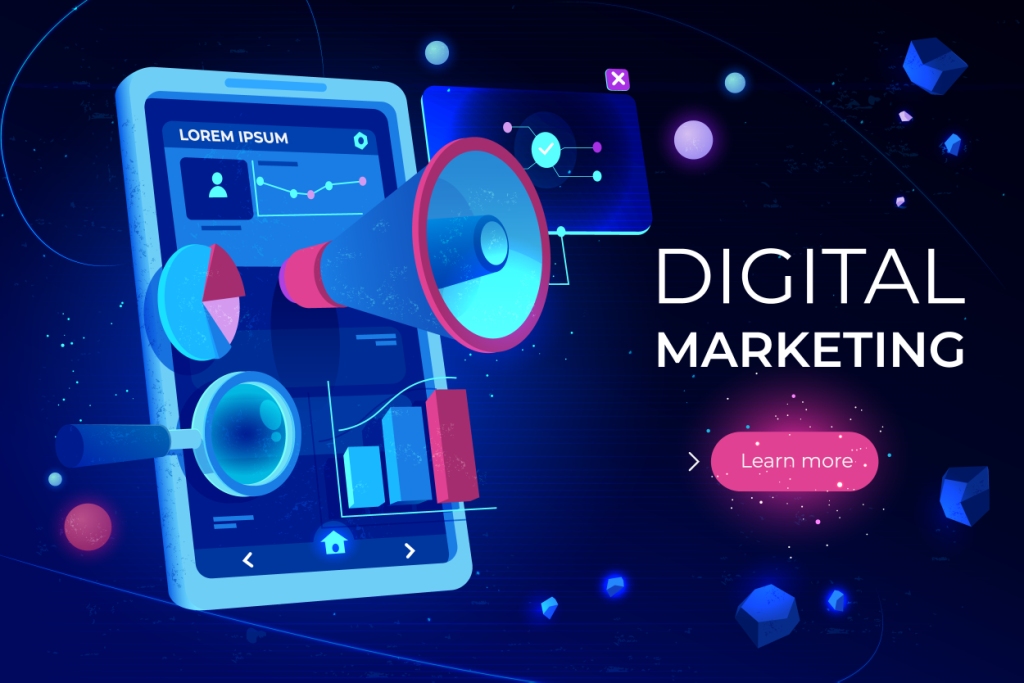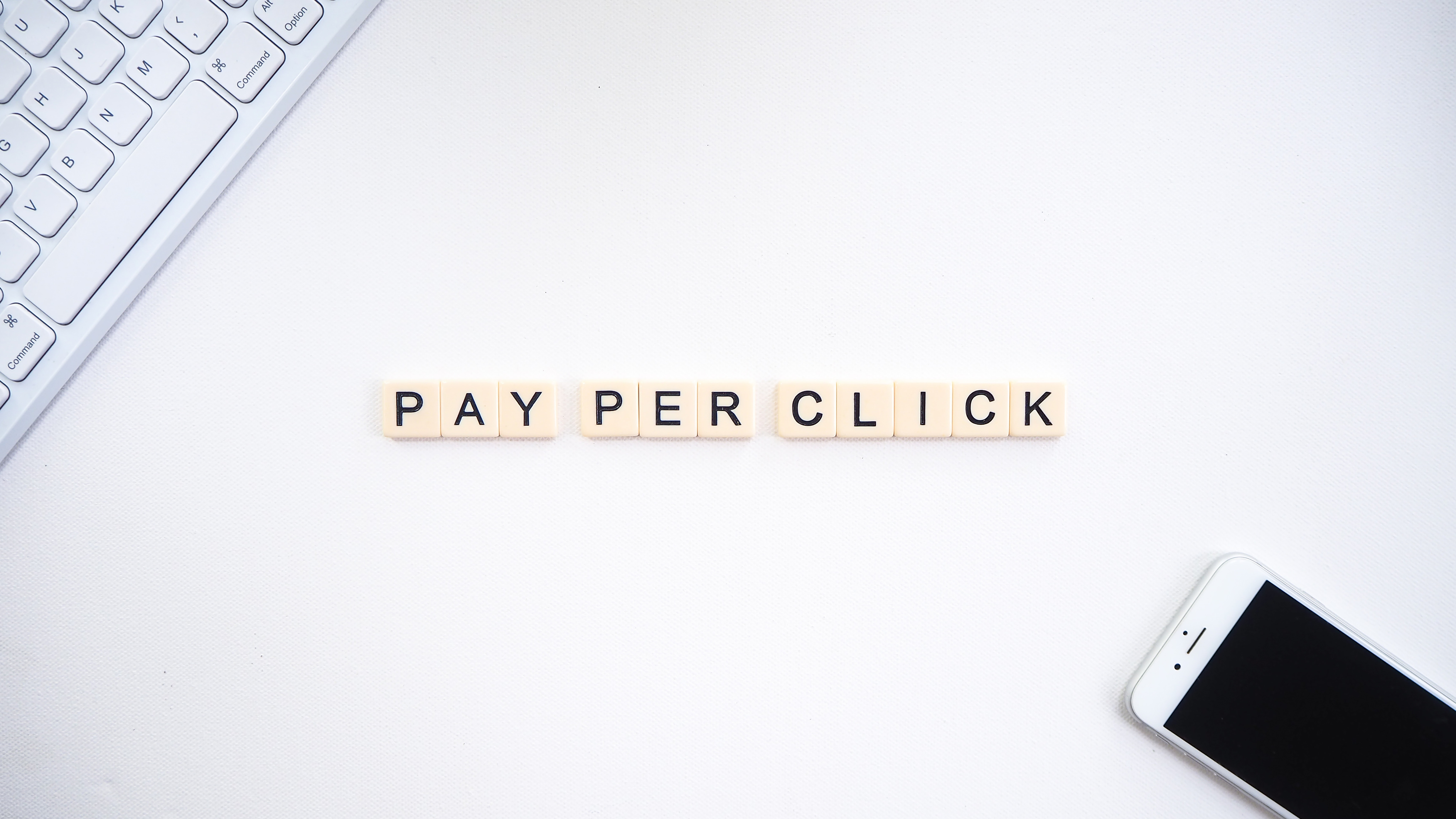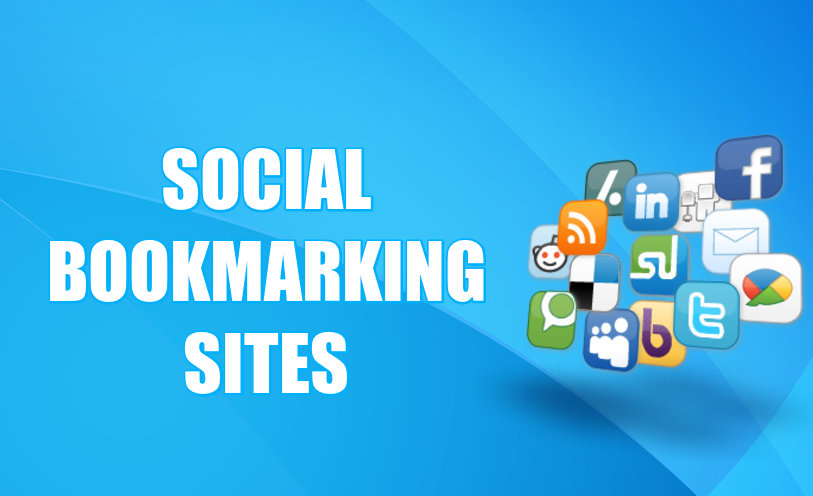29 Jul

|
Getting your Trinity Audio player ready...
|
Product Marketing is that of products and/or solutions that can be bought immediately without requiring the processes such as ground study, measurement, preparation, assembling, and installation. These products are just shipped in full or in parts without taking time to make, assemble or install.
These do not involve evaluating customer needs, noting down buyer requirements, creating a custom design, creating product prototypes, taking customer approval, developing the product, and handing over/installing the product.
In Product Marketing, the selling process is rather straight and simple, and not in stages. The selling happens as though selling the products over the counter in as-is condition without any major customizations, developments, alterations, etc. These products are readily or almost readily available to be shipped or transferred upon receiving the sales order.
In simple terms, the making time is almost zero for the products under Product Marketing.
Table of Contents
Digital Marketing for Product Promotion
As these products can be readily bought or ordered on an eCommerce website, digital promotions for these products require more like showcasing the product with a punch line or two that can potentially trigger the end-users or target audience to buy the products outright.
All products from simple products such as grocery, packaged food, electronics, mobiles, furniture, toys, eyewear, books, etc., to complex products such as computers, sewing machines, grocery, toys, anti-virus software fall in this category.
These products require direct sales promotions that help them move off their ‘digital shelves. For Product Marketing engage Blurn Website Design Agency Sydney, Australia for an effective digital marketing plan.
Project Marketing
Project Marketing is about those selling processes for projects and systems sales that are done stage by stage or requiring some amount of time to set up the project from the ground up and handing over through stages such as proposal approval, concept design, product development, system installation, training, and transfer.
Digital Marketing for Project Promotion
Project promotion takes a lot of time with the involvement of teams for a series of presentations and stages for various levels of approvals. Typical examples are ERP, Solar Projects, Water Management Systems, and Industrial Equipment setup and implementation.
Digital marketing methods for project marketing are quite a lot different from product marketing. These kinds of promotions are most commonly done through the time-consuming and long-drawn processes of audience aggregation methods through inbound marketing activities such as articles, case studies, white papers, digital content downloads, illustrations, etc.
Project promotion does not happen in a single meeting or a single session so to say. A huge amount of content is shared in a series of meetings and sessions. The audience aggregation process may start with an article post, a number of blog posts, case studies, and getting a newsletter subscription, and taking the prospect down the huge funnel consisting of various stages such as project exposure, concept awareness, branding, education, inquiry, consolidation, need assertion and then through to the final selling process.
These processes take quite a long time and even up to 1 or more years for large and mega projects running up to several million and even billions in worth.
Here, the thrust needs to be on the quality of content and the publications which represent the corporate identity, standard, culture, expertise, capability, and reputation.
Differences between Product & Project Promotion
Product Promotion, in general, involves all efforts to get the products listed in the eCommerce website, social media posts, social media ads, blog write-ups, forums, digital display ads, PPC, ads, guest blogging, URL submissions, backlinks creations, etc, are used.
In Project Promotion, white papers, case studies, e-downloads, articles, infographics, slide shows, video explainers, return on investment calculators, proof of concept promotion, illustrations, seminars, team presentations, demo sessions, trial usage, comparisons are used for the stage by stage selling process and continuous engagement processes. For more understanding, check http://www.blurn.com/au.
Conclusion
When you undertake Digital Marketing, first determine if it is a product or project based on the aforesaid understanding and know the processes involved in selling before framing the strategy.
Then consider all possible ways how this product or project marketing can be implemented so that the purpose is achieved given the nature of the product or project. Accordingly, create a plan of action detailing the stages or steps or process flow keeping in view the target audience and the nature and forms of content needed for the campaign.
Chalk out the large strategy and list down the activities that make up the whole plan stating clearly the objective and purpose of each such digital marketing activity. For product marketing, each promotional activity is directive and sales-oriented. But for project marketing, each promotional activity or even each campaign is evoking one action at a time like downloading your whitepaper, checking your illustrative video, visiting your website, trying the ROI calculator, attending a seminar, taking a trial, trying the prototype, reading your blog, signing up for your newsletter, checking the mockup, consulting with your expert team, etc.
Product Marketing and Project Marketing take varying amounts of time and effort to produce results because of the varying nature of the processes involved in the buying cycle. Product Marketing should be implemented to produce quick and direct results and Project Marketing should be implemented to produce systematic, gradual but effective, tangible, and measurable results that eventually lead to high-quality prospects with very minimal leakages in the huge digital marketing funnel.
Each process should be studied and researched in detail about its impending result and the subsequent impact such as brand image, blog readership, newsletter subscription, connecting over a call, accepting to attend a seminar, asking a quote, downloading your reports and publications, arranging a session for team presentation, clicking a video link, bookmarking to your website as a valuable asset in the industry, posting an inquiry, etc.
Image Source – www.freepik.com



2 Comments